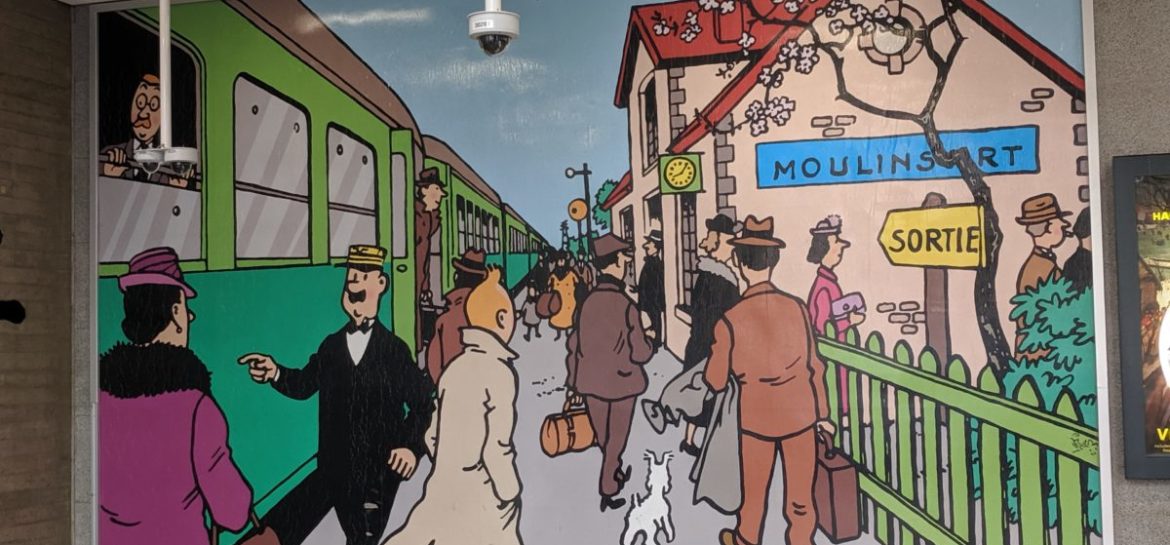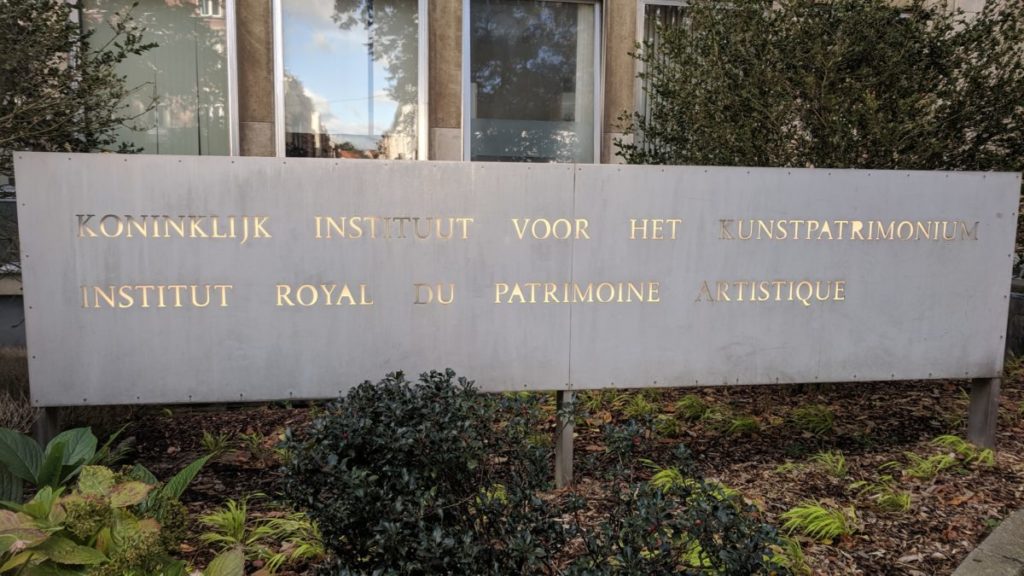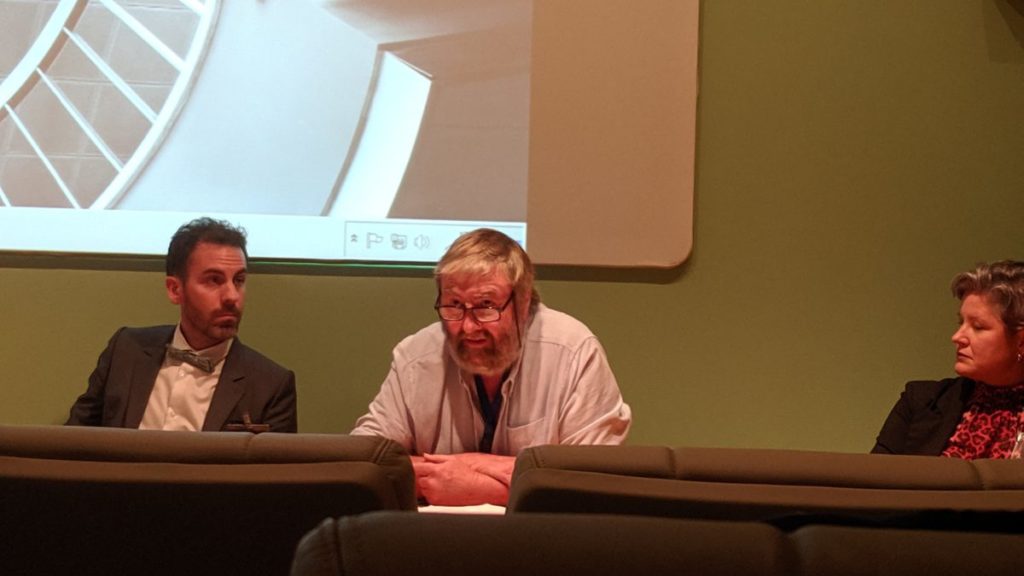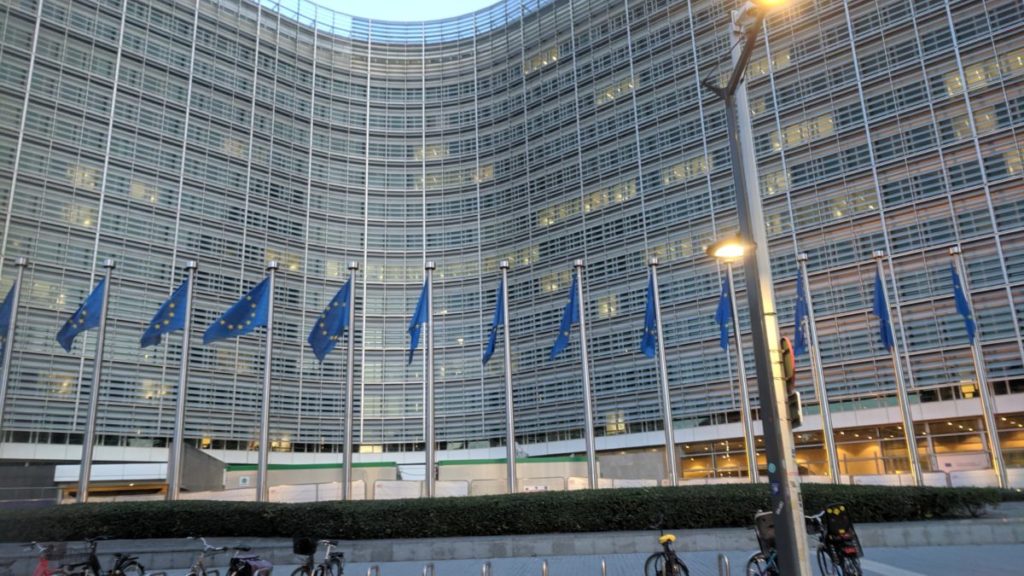
I don’t know if you realise this, but I’m a bit of a nerd. I hide it well, behind this cool exterior of senior management sophistication, but it’s there. Academically it focuses on studying people from their skeletons, and particularly their burned skeletons. I can remember exactly where my interest here began – in the library of the University of Bradford in the winter of 1998. I was in a dark corridor of shelving pouring over bound volumes of journals (now I’m really showing my age…) when I came across an article discussing the problems faced when identifying victims of plane crashes. Fast-forward to today and my interest in adjusting methods of identification for burning contexts may have lessened, but my interest in using the skeleton to understand people and how they lived and died by studying their burned remains only increases every year.
Unfortunately those of us who study burned and cremated bone extensively are few and far between. If you want to know the specifics of why, buy my book (I could do with the royalties, I’ve got an expensive Christmas coming…), but suffice to say it’s a complex material to understand. One needs patience, imagination, and a kick-ass analytical lab! As such, I was really excited when I saw that the Belgian-based CRUMBEL project got funded. Here was a rare example of a large-scale cremation project getting significant funding. I was even more excited when I was invited to take part in their first workshop in Brussels.

I was chatting to some other delegates on the first night, and we were commenting that this was the first workshop/conference to focus exclusively on burned bone that we’d been to since the one in Cardiff back in 2009. If you remember, that was the conference where I first met one of my heroes, Douglas Ubelaker, but was so nervous I just sat next to him in utter silence like a moron. Like then (the conference bit, not the moron bit), the potential advances that we could make by having so many of the key academics and researchers in the room at the same time was tantalising.
And it’s been awesome. A really interesting couple of days, with a whole series of great talks covering a broad range of issues. I’m not going to summarise each talk here (I direct you to Twitter for that), but I thought it might be interesting to lay out the key themes that I took away from the event and how they could drive the study of burned and cremated humans forward.

Validation and inter-lab studies
There are now a handful of widely accepted methods for use on burned bone, including FTIR, XRD and strontium isotope analysis. But each lab is doing the prep and analyses their own way. This was evident during many of the discussions during the workshop. And while this doesn’t undermine anything we’re doing, it does create problems if we want to compare results from different studies. We need to look to those doing radiocarbon dating for how they’ve addressed this same problem, but first of all we need a big inter-laboratory study to pin down the extent of the issue. We also need to do much more work on the creation of validation studies. Everyone likes doing all the cool stuff, but without this more boring work, the outputs of those cooler studies are meaningless.
Many methods were discussed here, and there are some exciting new ones coming along the track. But we also know that methods developed for unmodified bone generally do terribly when applied to burned bone. We need to make more methods specifically for burned bone.
Biases
In his summary, Prof Mike Parker Pearson noted that it was likely that the archaeological community had “Highly underestimated the popularity of cremation in European prehistory”. Why? Preservation bias. Firstly because in some very acidic soils cremated remains preserve whereas unburned do not, thus suggesting that the practice of cremation was the only funerary ritual going on. Second, because typically in the past cremated material was dismissed and left unrecorded because it was thought to offer no use. Nice one lads…
This also related to another key point that came out of a few papers, and that was that we need to stop thinking of cremation leading to inhumation practice or whatever due to some grand transition. In loads of places, communities were doing both simultaneously. The question then, is much more nuanced.
Movement and mobility
One of my favourite themes to come out of the workshop is that of mobility. Not so much of people, as interesting as that is, but because cremated remains are fragmented, inert and inherently portable. Greater awareness of this is allowing archaeologists to spot what have been referred to here as ‘memento mori’ – small bags of burned remains that individuals keep with them and then have buried alongside themselves. This has been seen in a number of different contexts now and suggests that we need to stop thinking of cremation as a final act. The cremated dead can continue to have very personal agency for many years after being burned.
The Netherlands
Archaeology of The Netherlands is messed up. How can you study what humans were doing where and when you keep reclaiming land or being flooded. It’s mad. Good luck to them…
European collaboration
I love coming across to Europe. I love visiting new European cities, trying new sweets, and meeting my European colleagues. In these past couple of days, I’ve chatted to people from the UK, France, Germany, Belgium, the Netherlands, Austria, Italy, Greece, Slovenia, Slovakia, Hungary as well as the US, Israel and Canada. Everyone was lovely and had a passion and desire to work together to understand more about our collective human history. And as ever, I am hugely impressed and in awe of the way that they could all speak English so well. It was easy to forget that this is a second or third language for many of the delegates when you’re joking together over coffee.
I’ve largely been in denial about whether BREXIT will happen, but the serious impact on science (and while I grant you that it’s a tiny tiny aspect of scientific investigation, the study of cremated remains) was driven home during this workshop as literally every person asked me about it with a mix of confusion, pity, and schadenfreude. It’ll make this sort of collaboration so much harder. I took two trains to get from home in the NE of England to Brussels. Two trains! It’s mad how easy that is. Anyway, it’s too depressing to write about any more, other than to note that my lovely new colleagues and friends have offered to post over care-packages of food, or indeed accommodation on the continent if I need it…

I’m really looking forward to following up some of the ideas and projects we discussed at the first CRUMBEL conference. Many thanks to all those who arranged it and provided such great hospitality. I can’t wait to engage further with what is essentially an international burned bone nerd support group.